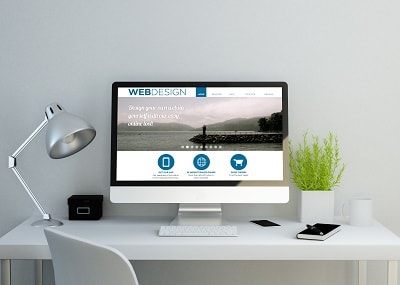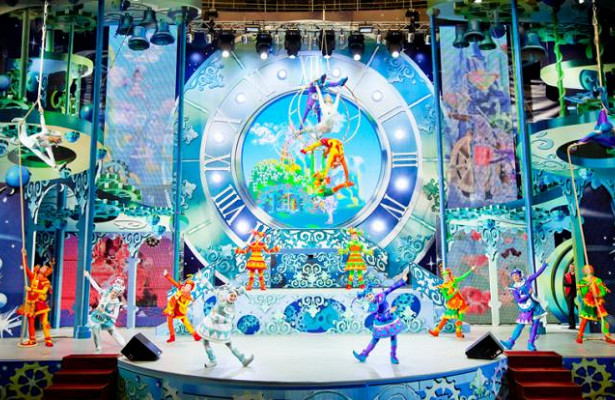The main stages of creating a site
 The sequence of creating the site and a clear study of the stages is the key to the success of the entire project. Perhaps, not knowing the user may seem that the development of the site – a damn thing. Well, what is difficult here is that he invented the design, folded it up, filled it with a couple of texts and is ready. In fact, each stage of creating a website is painstaking work, for which each developer from the web studio team is responsible.
The sequence of creating the site and a clear study of the stages is the key to the success of the entire project. Perhaps, not knowing the user may seem that the development of the site – a damn thing. Well, what is difficult here is that he invented the design, folded it up, filled it with a couple of texts and is ready. In fact, each stage of creating a website is painstaking work, for which each developer from the web studio team is responsible.
Creating a website encompasses not only the development of design and programming, as you might think, but also a detailed analysis of the project, cooperation with the customer and the search for solutions to achieve the project goals. In this article, we will look at how a phased development of the site is going on and write out in detail how to create websites.
The main stages of creating a website:
Setting goals and objectives of the site;
Creation, study of technical specifications (TZ) for the development of the site;
Prototyping;
Creating a site design layout;
Layout;
Programming;
Filling content;
Testing;
Delivery of the finished project to the client.
Setting goals, objectives and choosing the type of site
Setting Goals Far not every client of our web studio sees differences in the types of website, is able to independently determine its goals and objectives. He asks us to create a project. We, in turn, carry out the preparatory stage – we analyze why the client’s website, what tasks it should solve: perform the function of representing the company on the Internet or sell goods and services, become a quality advertising company or be a start-up for a young company. All this is negotiated with the customer. He himself must understand why the site is for him, how he will help his company and what he cannot handle.
After the tasks are set, the target audience is determined. It is important to understand for whom the resource is being created, what the customer can offer and how the audience will react to the offer. The definition of CA “dictates” its own rules; on the basis of the data obtained, the structure of the site, content, design, functionality, etc. are formed.
Next, a marketing analysis is carried out, which includes an analysis of competitors, the seasonality of the product or service, activities and niches, and the competitiveness of the offer. Identifies clues and chips that will help attract the attention of visitors. Upon completion, a prototype site is developed and demonstrated to the client.
The next stage of site development: the formation of technical specifications
The technical task is a document that is drawn up with the client. It includes the detailed characteristics of the resource:
Design wishes (color design, application of corporate identity or its development, the ratio of graphic elements to text);
Semantic core;
Site structure, number of pages, categories, blocks;
Site functionality (only standard or development of additional modules, their detailed description and goals);
Applied technologies;
Technical requirements for the resource.
The terms of reference are the basis on which each specialist involved in the development relies. Therefore, the participation of the customer in the preparation of the TOR is necessary. It is negotiated and edited until the client agrees and signs the document. Only after that the project goes to the stage of creation.
Technical task
At the stage of forming and discussing the TOR, the site structure, its navigation, the number of categories and subcategories, their placement sequence, etc. are also developed. All information is also included in the document, which is signed by the customer.
Creating a site design layout
All stages of the creation of the site are important for the qualitative functioning of the resource, but the design development is one of the main ones. After all, design is what a visitor sees first, assesses it and makes a decision to stay on the page or close the browser tab.
The designer is based on the technical task, draws buttons, banners and other graphic elements. In other words, the prototype, which was created at the first stage of the development of the site, gets an aesthetic appearance, is made in the colors chosen by the customer. If the company has a corporate style, the design is developed in accordance with it. Or, first, corporate identity can be developed, and then a design based on it.
It is important to note that the designer draws not every page design, but several main templates, using web design trends. The finished layout is transferred to the client and is awaiting approval. If improvements are needed, the designer performs them and again shows the layout to the customer. The design is being finalized until it is approved.
Website design development
Merging the design with the site management system (layout)
A coder using HTML translates the finished design into a working draft. The resource gets life, it becomes dynamic, all buttons work. The resource becomes cross-browser and is correctly displayed in all existing Internet browsers. At the same stage, CSS styles are created.




